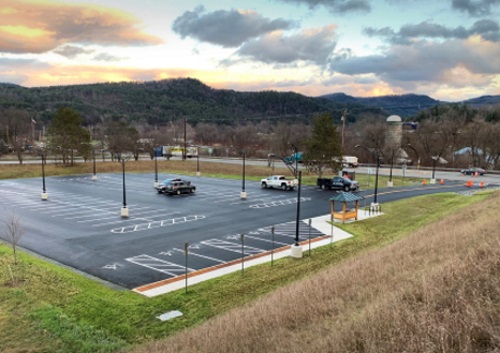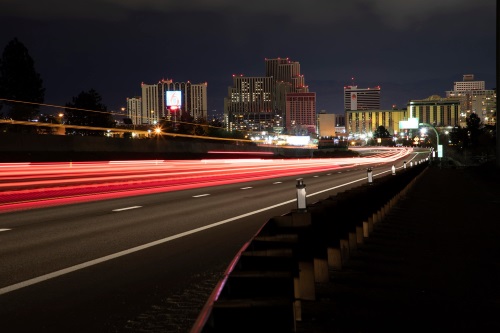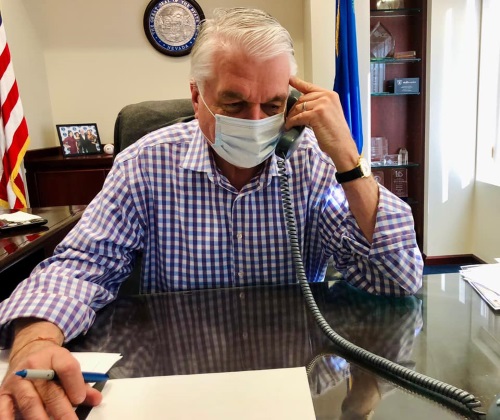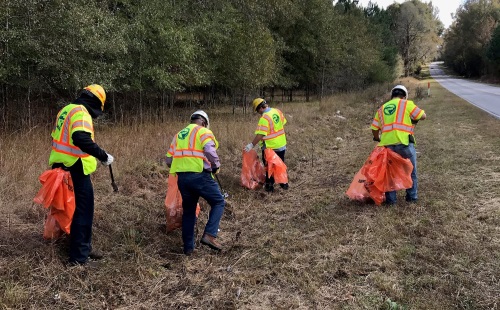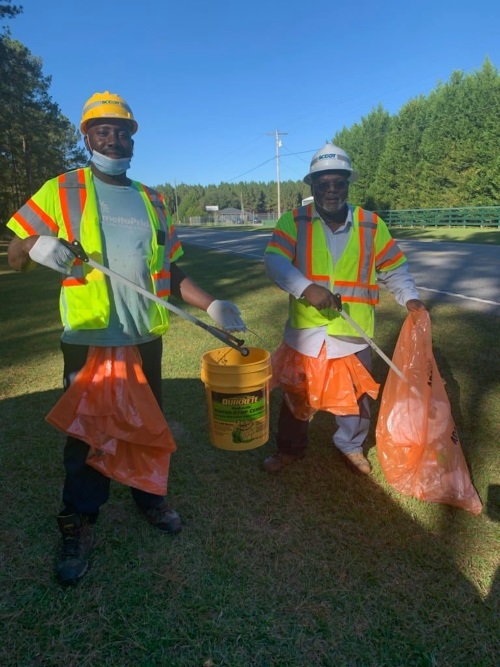The Vermont Agency of Transportation recently awarded $500,000 in grants via the Mobility and Transportation Innovation or MTI program, which seeks to support “innovative strategies” that improve both mobility and access for transit-dependent Vermonters, reduce the use of single-occupancy vehicles for work trips, and reduce greenhouse gas emissions of GHGs.
[Photo courtesy of the Vermont Agency of Transportation.]
“Innovation like this is essential to meeting the transportation needs of Vermont’s rural population and reducing greenhouse gas emissions,” explained Russ MacDonald, public transit manager for VTrans, in a statement. “This is another exciting step forward for the diversification of our state’s transportation system.”
Created by Vermont’s legislature with the passage of the state’s 2020 Transportation Bill in June, VTrans said it awarded 13 grants via its MTU program to fund a variety of projects, including:
- Extension of existing transportation demand management or TDM programs, such as bike share, and purchase of electric bicycles
- Creation of new TDM programs such as micro-transit services and car sharing
- Creation of TDM materials and outreach efforts to promote alternative and efficient commuting options and tools, including teleworking resources such as a telework program guide, telework program planning baseline assessment, and telework best practices resources.
In a related effort, VTrans issued a grant solicitation for new infrastructure projects to improve statewide access and safety for bicyclists and pedestrians in July.
The agency noted that in 2019, it awarded a total of $3.6 million for construction and planning projects throughout Vermont via its Bicycle and Pedestrian grant program.

